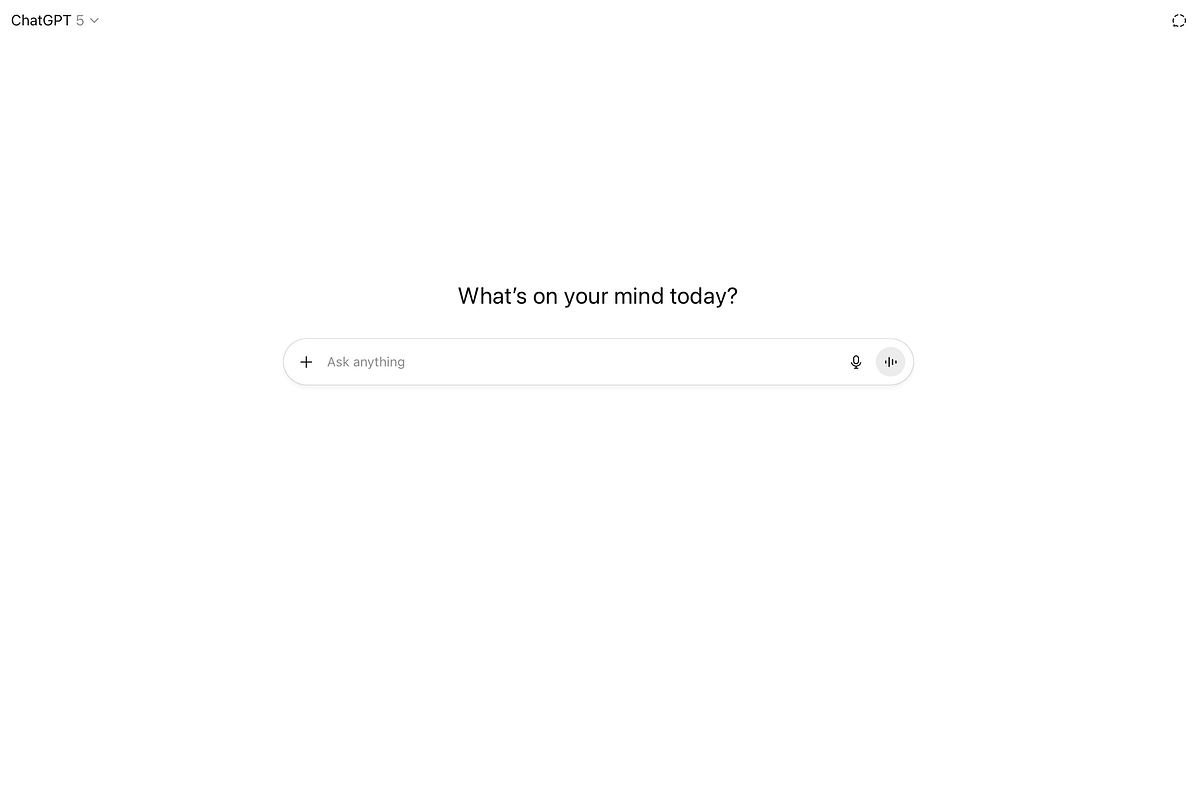
"Have you noticed that all popular AI tools look the same? They offer you an input field and invite you to express your intention. Take ChatGPT, for example. It's basically a blank canvas that invites you to explain the task you want to complete. All too often, expressing intent takes a significant amount of time. As a result, we can feel that we are having a prompt treadmill situation ( https://uxplanet.org/5-things-to-do-to-avoid-prompt-treadmill-when-crafting-design-with-ai-0569d4894473) when we are stuck in progress and cannot move forward."
"Many people love ChatGPT UI for its simplicity. This is hard to argue about, as ChatGPT offers a very clean, minimalist UI. I personally see this UI as an iteration of Google Search where you need to start typing so the system can show you contextual suggestions. And actually, OpenAI follows this approach too. When you start typing, you will see a list of contextual prompt examples that the tool generates for you in real time."
Popular AI tools present a single input field that invites users to state their intention, creating a blank-canvas interaction model. ChatGPT exemplifies this design with a minimalist, search-like interface that offers contextual prompt examples while typing. Contextual recommendations often stop when prompts become complex, leaving users to compose detailed instructions without guidance. Articulating complex intentions consumes time—often around a minute—and becomes increasingly difficult as task complexity grows. Chat-based, text-heavy interfaces therefore lose effectiveness for complex tasks. No simple solution exists, but interface design changes and mitigation strategies can reduce the cost of intention articulation.
Read at Medium
Unable to calculate read time
Collection
[
|
...
]